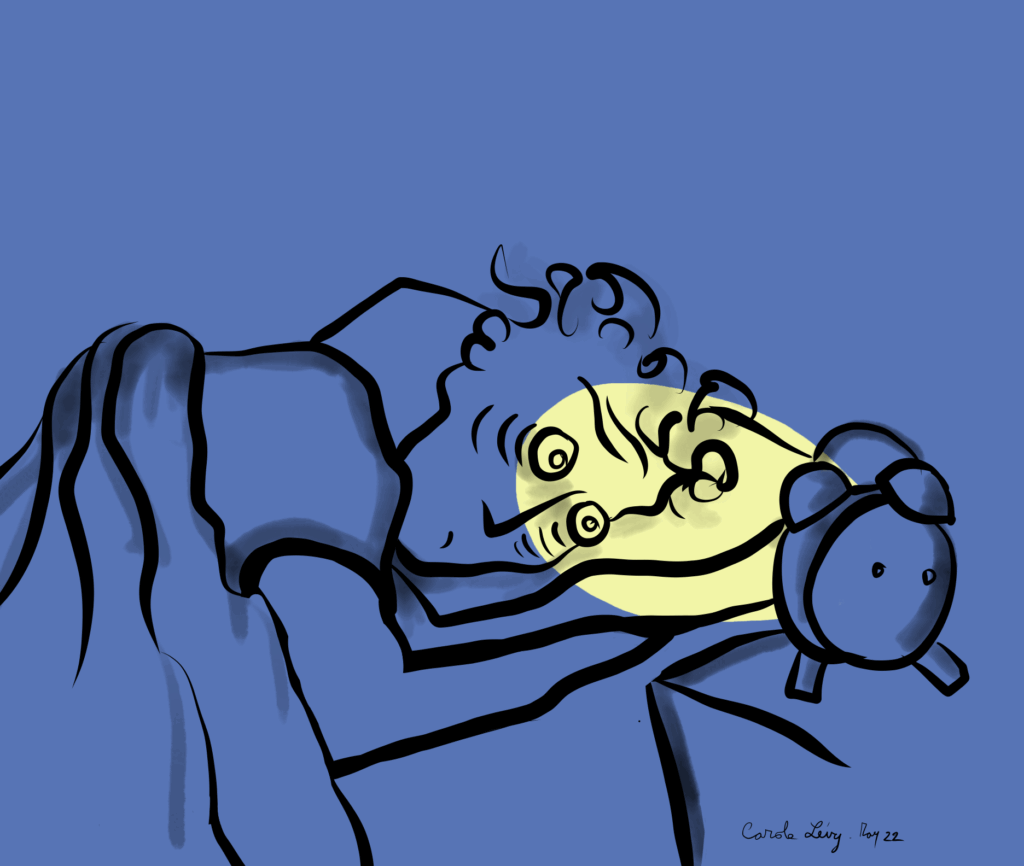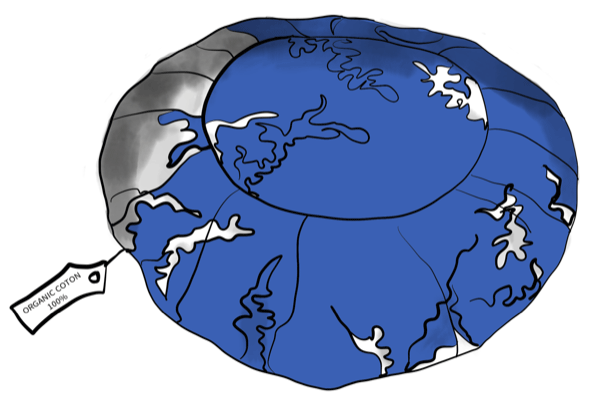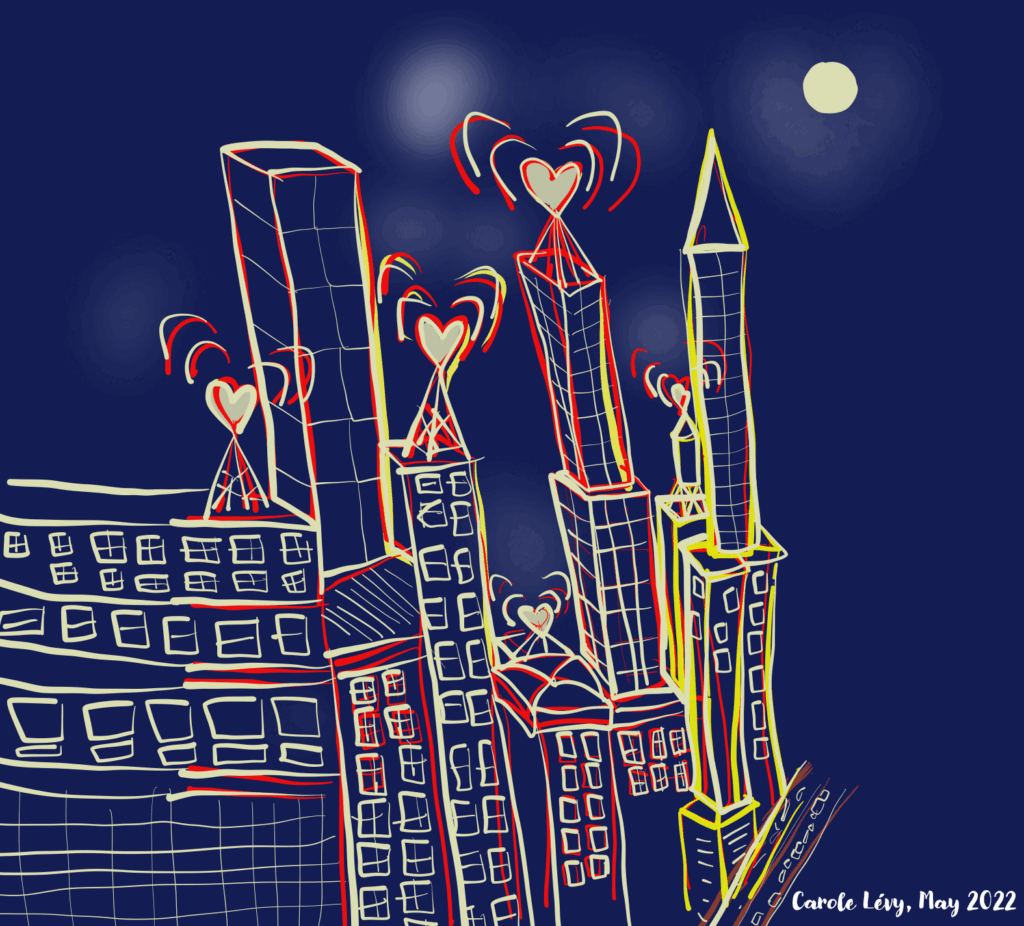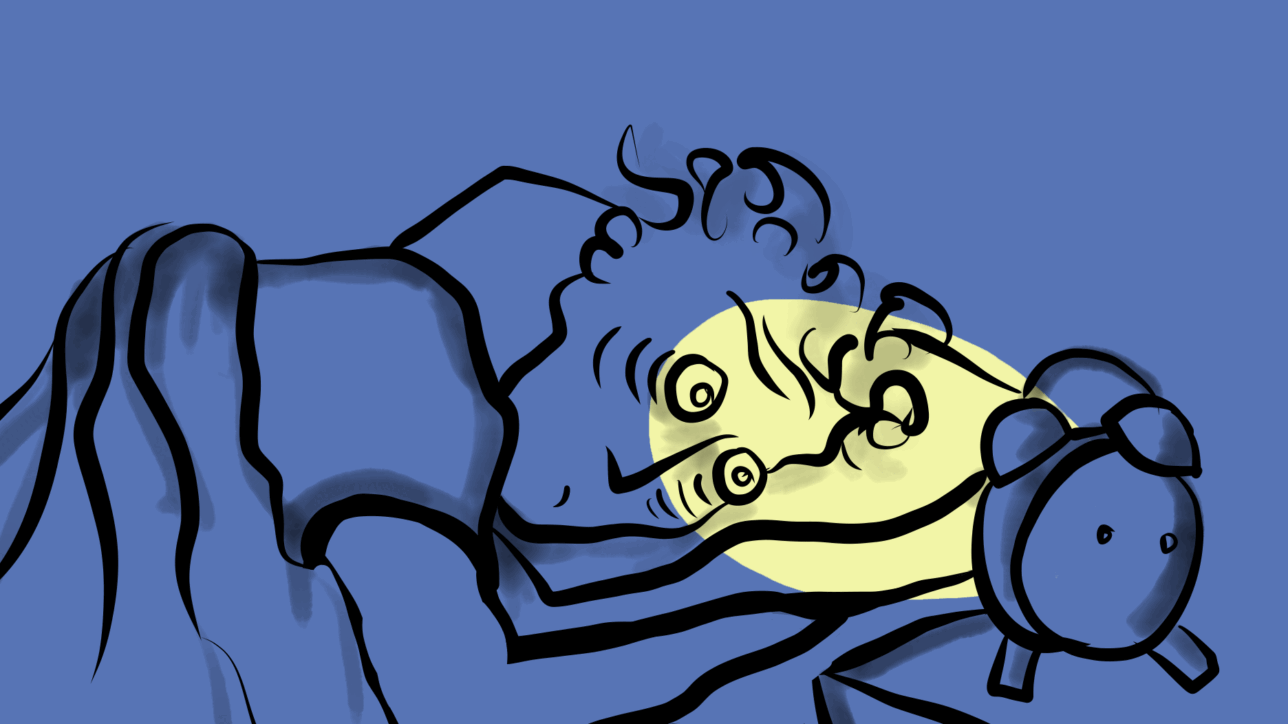When we wake up in the middle of the night with anxiety about a big or small problem – the disheartening state of the world, a stagnant relationship, a poor communication, an under-performing project, or a forgotten item on our grocery list – there is not too much we can do about it.

I dread this moment when I am invaded by dark thoughts and feelings. Not only can’t I sleep anymore, but I also anticipate being tired in the morning, which increases my agitation. Such a waste of precious time and energy!
Over the years, I’ve developed a new habit that has helped me recycle my insomnia, find glimpses of inner peace, and feel less tired in the morning.
My habit comes from the practice of tonglen, which in Tibetan means “sending and taking.” It is well described in Pema Chödrön’s book The Places That Scare You (p55).
I am a big fan of the Buddhist teachers Chögyam Trungpa Rimpoche and Pema Chödrön. However, I have a hard time sitting on the cushion to meditate. I haven’t entirely given up on the cushion, but tonglen in my bed is far more accessible.

In essence, tonglen refers to “being willing to take in the pain and suffering of ourselves and others and to send out happiness to us all.” You can substitute the word “happiness” with “relief” “lovingkindness” “compassion”, or anything that sounds like a good remedy for suffering.
If, for example, in regard to the news, I wake up in the middle of the night feeling anxious about the safety and well-being of my young adult daughter, I don’t try to reason with my anxiety or escape the oppression in my chest or the nausea in my guts. On the contrary, I try to stay with the anxious feeling and engage with it. It’s sometimes a slippery sensation – amplified and distorted by the depth of the night. Nevertheless, I start breathing in (inspiration) my pain – fear, panic, despair, or sadness – and breathing out (expiration) the relief – trust, openness, good will, compassion, or strength. It’s never well-formatted. My mind travels all over the place. It’s messy. Despite the disorder, I start thinking about all the parents in the world who worry about the safety of their child, or all the parents whose child has been hurt. I’m breathing in their pain as well as my own, breathing out some healing words. Strangely, I start feeling calmer and often the pick of anxiety dissipates.
I started to practice tonglen after Charlie Hebdo’s attack in Paris, in January of 2015. Living in California, I was feeling grief, powerlessness, and separation from my community in Paris. Tonglen practice brought me the sentiment of being useful and connected.
Breathing is energy, energy is power. I like to believe that with tonglen I can affect the world in the middle of the night, even in my bed.
To be clear, I don’t believe that the practice replaces daylight activism, but it provides a good training for: 1- leaning into the discomfort (as I keep preaching to my clients), and 2- concretely developing the muscle of compassion for oneself and others.
In the face of tragedies or challenges, it’s often hard in the light of our busy day-to-day life to stop and breath in our uncomfortable emotions. It’s a fortiori harder to think about sending loving-kindness to ourselves and to other people who are experiencing the same discomfort.
But in the silence and discretion of the night, there is more space to take refuge in our breast and use our insomnia to repair the broken heart of the world. And sometimes we even succeed in falling back to sleep.
Namaste!








